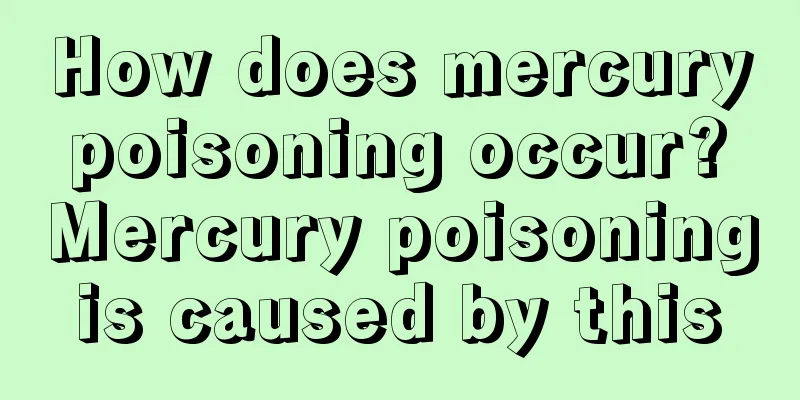Many people have misunderstandings about osteosarcoma common sense

|
Many people are not familiar with osteosarcoma and think that osteosarcoma cannot be cured. This has a great psychological impact on patients, and negative emotions are not conducive to the recovery of patients. In fact, this is because people do not have a deep understanding of osteosarcoma. Many people have many misunderstandings about the treatment of osteosarcoma. The main misunderstandings are: Myth 1: Amputation is necessary when osteosarcoma is discovered Because osteosarcoma is a malignant tumor, the standard treatment for osteosarcoma in history was amputation, but at that time the highest 5-year survival rate of osteosarcoma was only 15% to 20%. Studies have found that 90% of osteosarcoma patients already have micrometastases in their bodies when they seek medical treatment. Therefore, even if a high amputation is performed at the first time of consultation, the recurrence and distant metastasis of the tumor in the amputation stump cannot be controlled; that is to say, simple amputation is not beneficial to improving the survival rate of osteosarcoma patients. On the contrary, multicenter studies have confirmed that limb-sparing treatment does not affect the overall survival rate of patients, and there is no significant difference in survival rate and local tumor recurrence rate between patients undergoing limb-sparing treatment and those undergoing radical amputation. Now in most tumor treatment centers, more than 80% of patients receive limb-sparing treatment. Myth 2: Even if osteosarcoma doesn’t kill people, chemotherapy can. Many people are afraid of treatment due to unfamiliarity with malignant tumors and chemotherapy. However, with the progress of clinical research on chemotherapy in the medical community over the past 30 years, it has been found that the toxic side effects of chemotherapy drugs on most organs are mild and reversible; and with the progress of supportive treatment, such as the use of granulocyte colony-stimulating factor and central antiemetic drugs, high-intensity chemotherapy is completely possible. However, the possibility of irreversible damage to an organ by chemotherapy is entirely possible, and there are still reports of chemotherapy-induced deaths at home and abroad. Myth 3: Osteosarcoma is a malignant tumor and cannot be cured At present, many patients' families and even primary care doctors still believe that osteosarcoma is a malignant tumor and cannot be cured. The treatment of malignant bone tumors has always been a difficult problem in orthopedic treatment. However, in the past 30 years, due to the application of neoadjuvant chemotherapy, the survival rate of patients with malignant bone tumors has been significantly improved. Foreign reports show that the 5-year survival rate of osteosarcoma patients has reached 60% to 75%, and even the 5-year tumor-free survival rate has reached 80%. Therefore, it is believed that as long as it is discovered early and treated regularly, osteosarcoma can be completely controlled or cured. |
<<: How to Normally Diagnose Cholangiocarcinoma
>>: What are the examination steps for osteosarcoma
Recommend
The best hospital for colon cancer treatment
In our daily life, we are not unfamiliar with col...
Are melanoma and nevus the same?
Melanoma and melanoma are not the same. Melanoma ...
What causes bulging eyes? What are the disease factors?
Protruding eyeballs can have a great impact on us...
Why does my lower abdomen hurt when I exert force?
In life, our bodies will have various diseases to...
Why does the right side of my head hurt? These are the causes of headaches
Headaches are common in our lives, but do you kno...
What are the benefits of foot soaking
There are many benefits of foot soaking, such as ...
Can acupuncture treat toothache?
Toothache is a common problem in people's dai...
What are the correct ways to use beauty serum
A beauty serum is actually a kind of skin care es...
How to prevent cirrhosis from becoming liver cancer? To prevent liver cancer, you should do these things
If cirrhosis is treated promptly and with more ca...
Progrp value is high, how much is a dangerous signal of lung cancer?
In the ocean of medicine, there are always some i...
What are the treatments for postpartum sweating?
Some mothers are relatively weak after giving bir...
What causes sweating when moving
People who sweat whenever they exercise must be c...
What is the reason for acne on both sides of the narrow face
Traditional Chinese medicine believes that the hu...
Introduction to the diagnosis method of testicular cancer
Testicular cancer usually occurs in young men age...
How long can you live with liver cancer metastasis to lung cancer
Liver cancer metastasizes to the lungs. Metastase...









